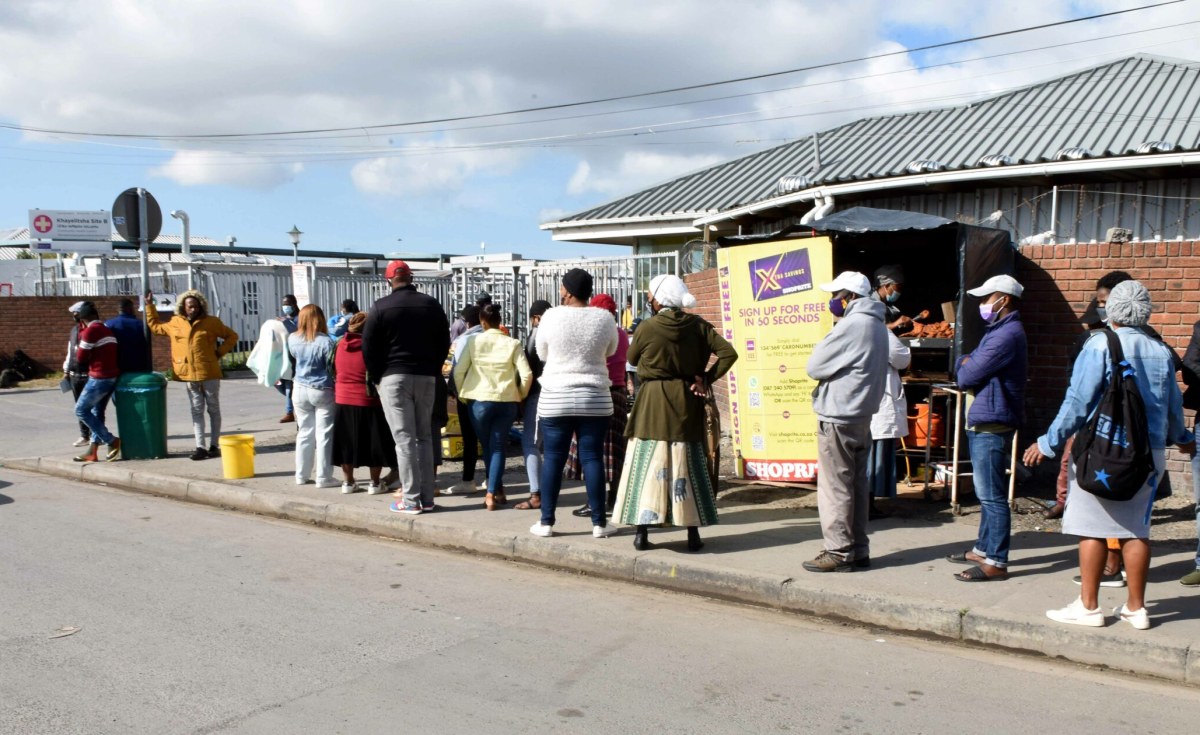A new United Nations report says that rapid urbanization was only temporarily delayed by the COVID-19 pandemic, with the global urban population back on track to grow by another 2.2 billion people by 2050.
The large-scale flight from major cities in the early stages of the pandemic to the perceived safety of the countryside, or smaller towns, was a short-term response that will not alter the course of global urbanization, according to the UN-Habitat‘s flagship World Cities Report 2022 – Envisaging the Future of Cities.
How are #cities responding to #poverty, #inequality, #climatechange, conflict, COVID*19, and technology? Find out in #WorldCitiesReport 2022Check out the interactive report for quick facts, quotes and beautiful illustrations: https://t.co/TFovMxaZwb pic.twitter.com/kJAgWWT14t— UN-Habitat (@UNHABITAT) June 29, 2022
The biannual report was officially launched at the 11thWorld Urban Forum (WUF11) on 29 June in Katowice, Poland.
Build back ‘differently’
“Urbanization remains a powerful 21st century mega-trend,” said Maimunah Mohd Sharif, UN Under-Secretary-General and Executive Director of UN-Habitat – the UN agency for building a better urban future, that is hosting the Forum.
“That entails numerous challenges, which were further exposed and exacerbated by the pandemic. But there is a sense of optimism that COVID-19 has provided us with the opportunity to build back differently. With the right policies and the right commitment from governments, our children can inherit an urban future that is more inclusive, greener, safer and healthier.”
Three scenarios
The report identified three potential scenarios for the world’s cities. In the worst-case or “high damage” scenario, the number of people living in poverty could increase by more than 200 million by 2050.
The “pessimistic” scenario foresees a reversion to the status quo before the pandemic, a business-as-usual approach which would lock in cycles of poverty, poor productivity, inequality and unhealthy living for decades.
In the optimistic vision, by 2050 there could be 260 million people lifted out of poverty compared to the pre-COVID baseline. Governments and donors would invest in urban development sufficiently to create just, resilient, healthy and prosperous cities everywhere.
Getting it right
Ms. Sharif added: “If we don’t get cities right, then 68 per cent of the global population will face serious problems or challenges.
“We need to accelerate. We only have 90 months, or 2700 days, until we reach 2030, the target for the Global Goals. This report is a very timely wake-up call.”
Welcoming the report, Małgorzata Jarosińska-Jedynak, Secretary of State in Poland’s Ministry of Development Funds and Regional Policy, said: “I urge everyone to read the World Cities Report and follow its recommendations. It talks about coherent policy and coordinated urban planning, which is extremely important.”
Katowice was chosen as the location for WUF11 in recognition of its transition from a heavily polluted city in Poland’s Soviet-era industrial heartland to a centre of culture and technology. That transformation was assisted by UN-Habitat in the mid-1990s.
Ukraine factor
Its proximity to Ukraine led to major revisions to the original programme to include discussions on how urban areas can better cope with and recover from conflict and disaster.
A special session on those issues heard from Igor Terekhov, the Mayor of Kharkhiv, Ukraine’s second largest city, who said that preparations were underway to “rebuild a new, better Kharkiv“, even as the bombs continued to fall on his city.
Mr. Terekhov said talks had begun with the United Nations on plans for post-war reconstruction that would have a “new public transport network with electric buses, industrial parks, a dynamic IT sector and energy efficient housing”.
Mr. Terekhov addressed the World Urban Forum in Katowice virtually, at a Special Session on Rebuilding Communities and Neighbourhoods after War or Natural Disaster.
The frontline role of mayors and city leaders in conflict and disaster emerged as a prominent theme throughout the forum’s sessions. Opinions and insight from panel discussions at the forum will be used to inform future policy direction.
Ms. Sharif said that reconstruction efforts after conflict and disasters globally needed to move “beyond just talking about damage assessment, but focus on the damage done to communities, the damage done to people and living environment”.
“This is not just about rebuilding buildings but rebuilding communities.”
Mayors as ‘first responders’
Filiep Decorte, Emergency Response Director at UN-Habitat, said: “Mayors are first responders. They are very well placed to work with local communities and the private sector. They know that reconstruction is not a dream for the future but should start now.“
Raouf Mazou, Assistant High Commissioner for Operations at UNHCR, said that around the world displaced people were increasingly concentrated in urban areas, raising a new set of challenges for local authorities, particularly regarding employment and social services.
Gilles Carbonnier, Vice-President of the International Committee of the Red Cross, said that more needed to be done collectively to rebuild essential services, not only after urban warfare subsided but during conflicts.
Every day, tens of thousands of people are returning to their homes in Ukraine – Sergii Mazur, Mayor of Balta
Mr Terekhov said that since the Russian invasion, 3,500 homes and 500 public buildings in Kharkiv had been destroyed or damaged, including nearly 400 schools and kindergartens, 15 hospitals, 14 university buildings and 28 cultural centres.
“Kharkiv is still alive,” said Mr Terekhov. Reconstructing a greener, more accessible city was “necessary for us, Europe and the entire planet”, he added. Ukraine was given candidate status last week to join the European Union, which “would undoubtedly be a motivator for us to transform our country”.
Poland has received an estimated four million people from Ukraine, with approximately one million crossing back to their home country as parts have become safer, according to UNHCR data.
Coming home
The forum also heard from Sergii Mazur, Mayor of Balta, a town near Odesa in Ukraine’s south. He appealed to mayors and city leaders, particularly in the EU and Great Britain, to partner with counterparts in Ukraine to provide badly needed assistance for the reconstruction of towns and cities.
“Contact between mayors from one country to another is very rapid and faster than contacts at central government level,” he said following an Extraordinary Dialogue on Urban Crisis Response and Recovery.
“Every day, tens of thousands of people are returning to their homes in Ukraine. Those homes may be destroyed, but we have already started reconstruction of infrastructure.
“We need to rebuild schools and our hospitals. We need medical equipment. We need to reconstruct our infrastructure, we need vehicles – new fleets of vans and light trucks for utility services, to reconstruct the power grid, to start delivering basic services in de-occupied territories and also in occupied zones.”
Source link

